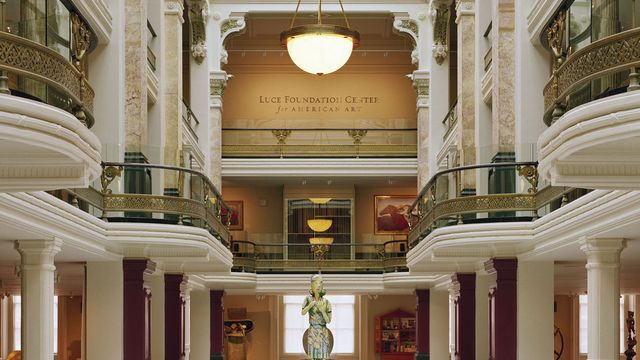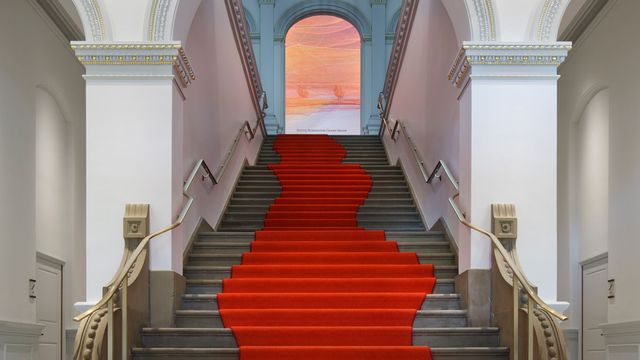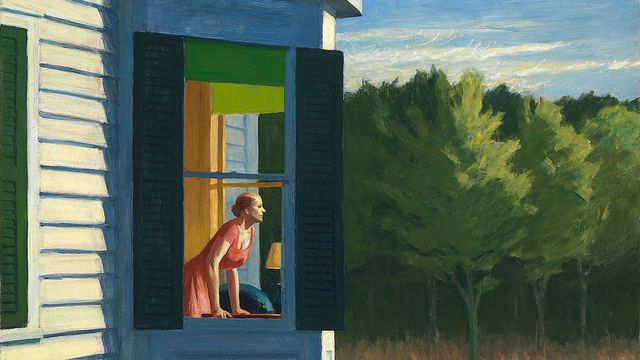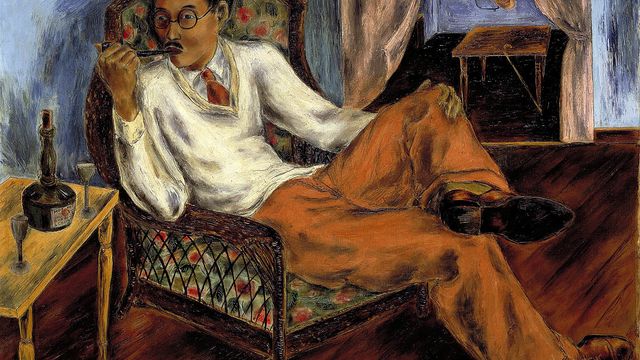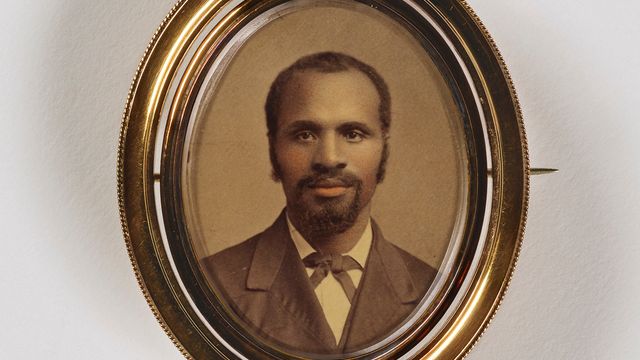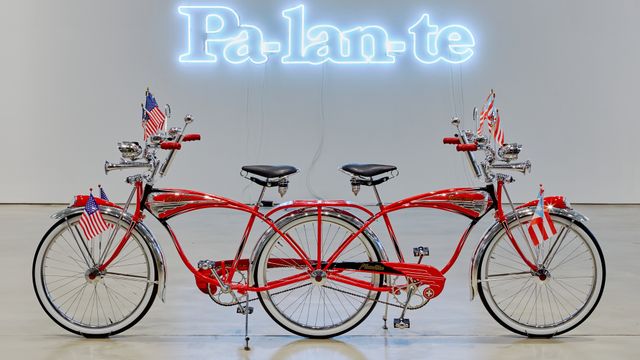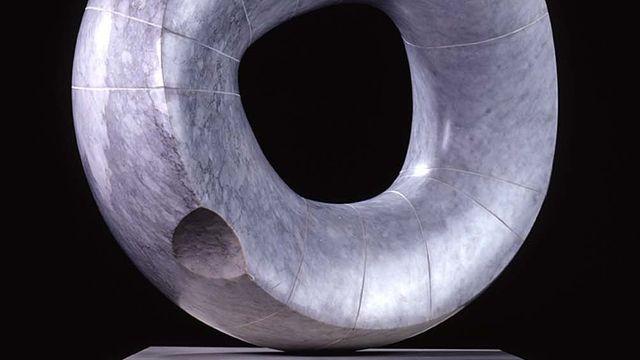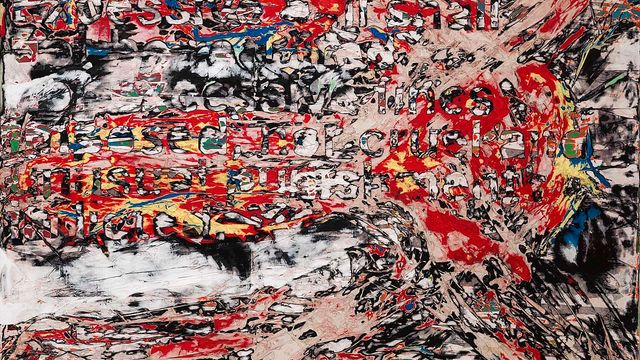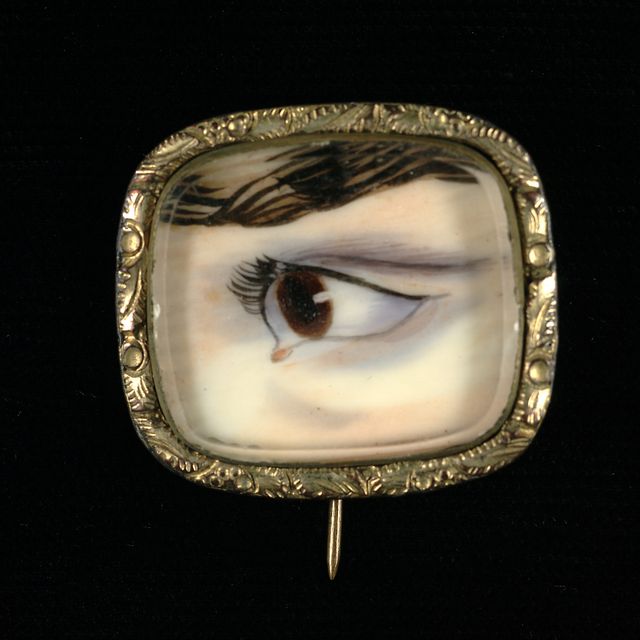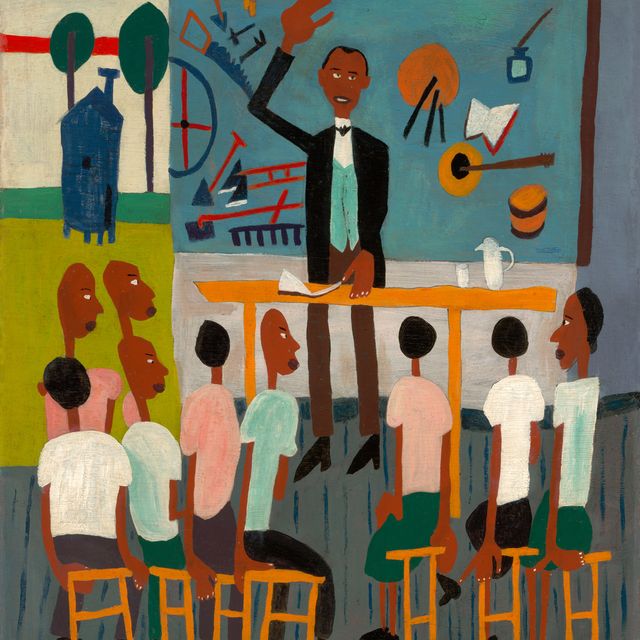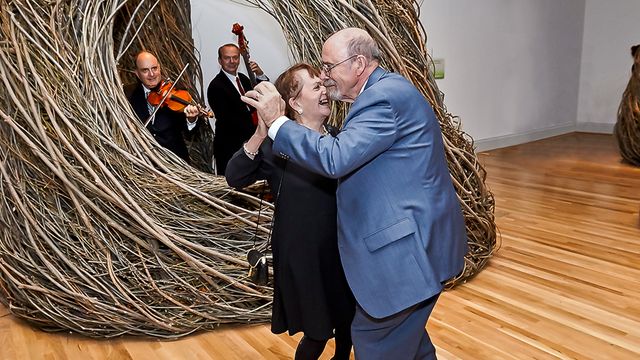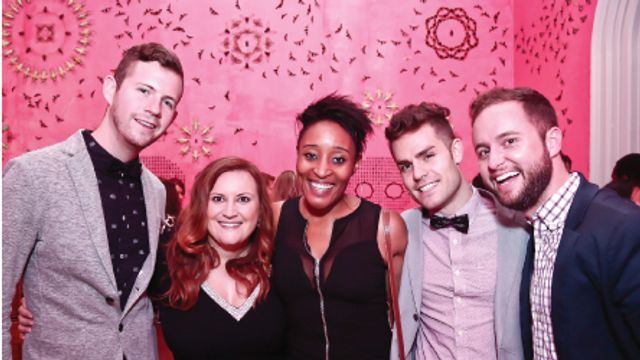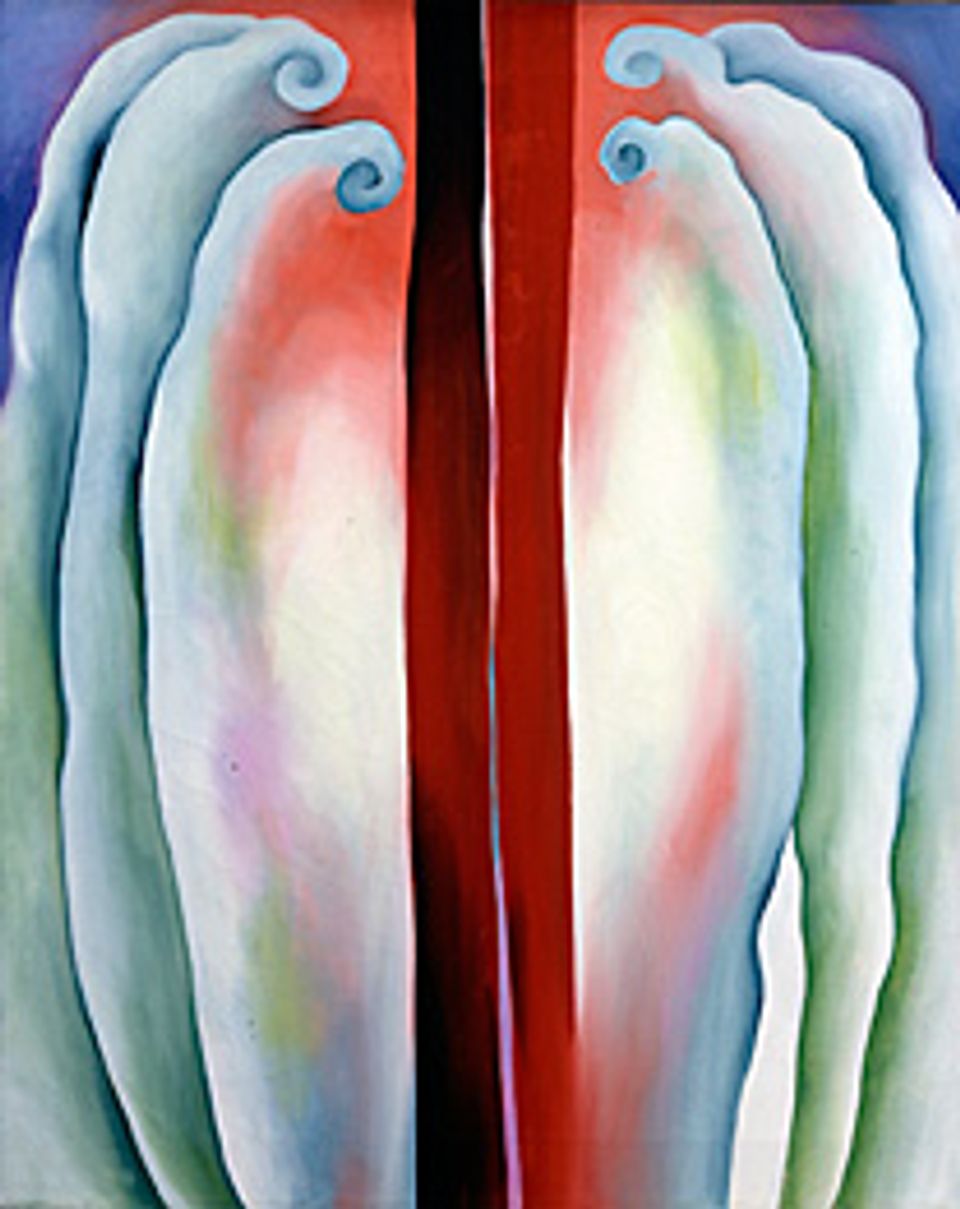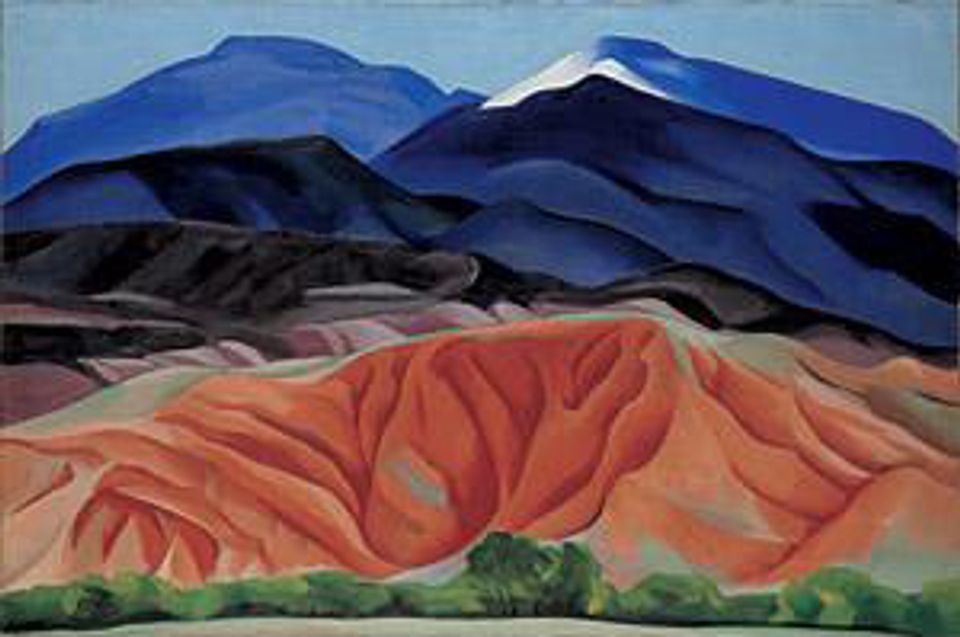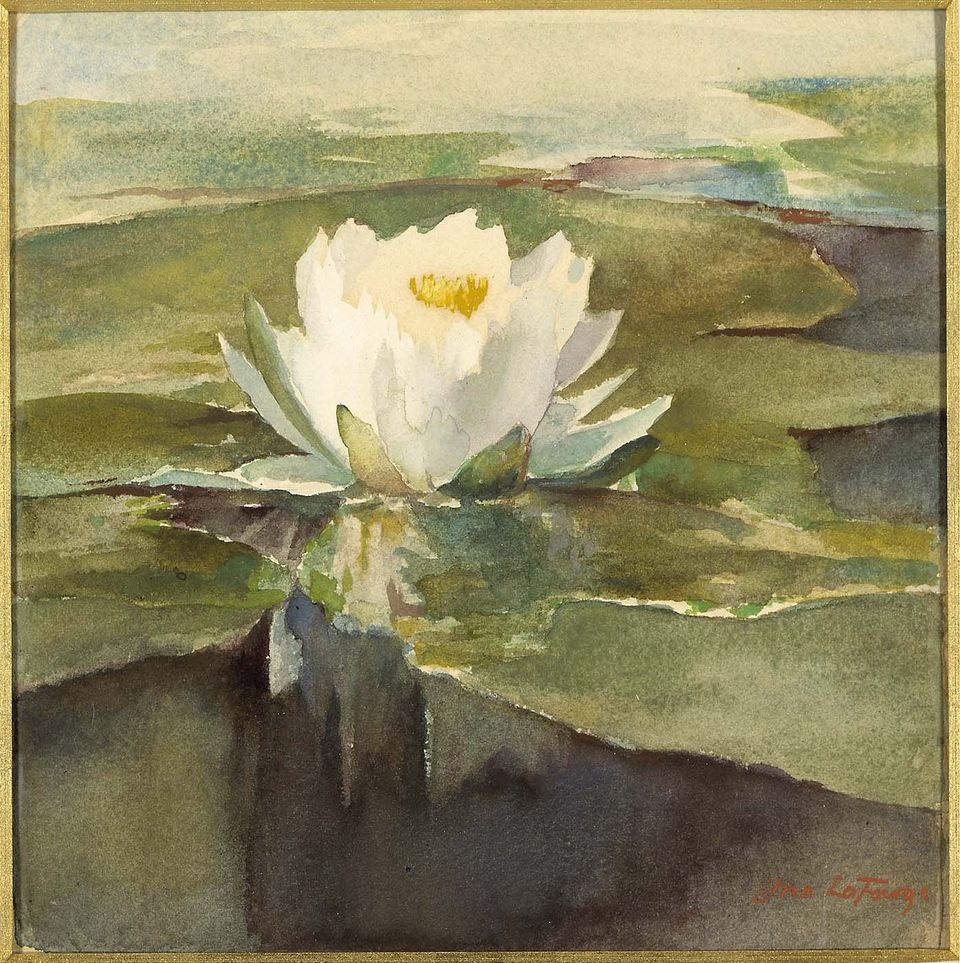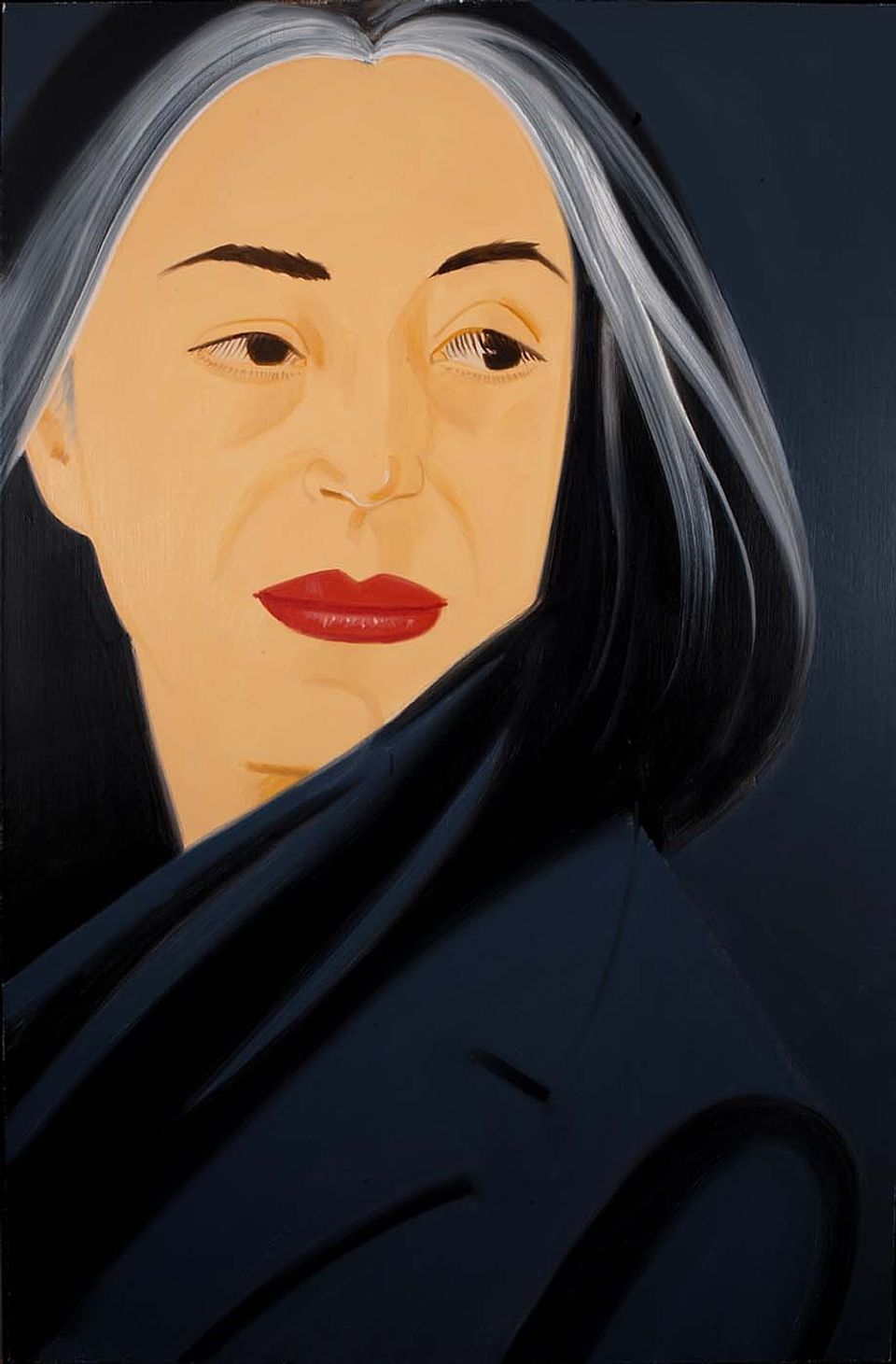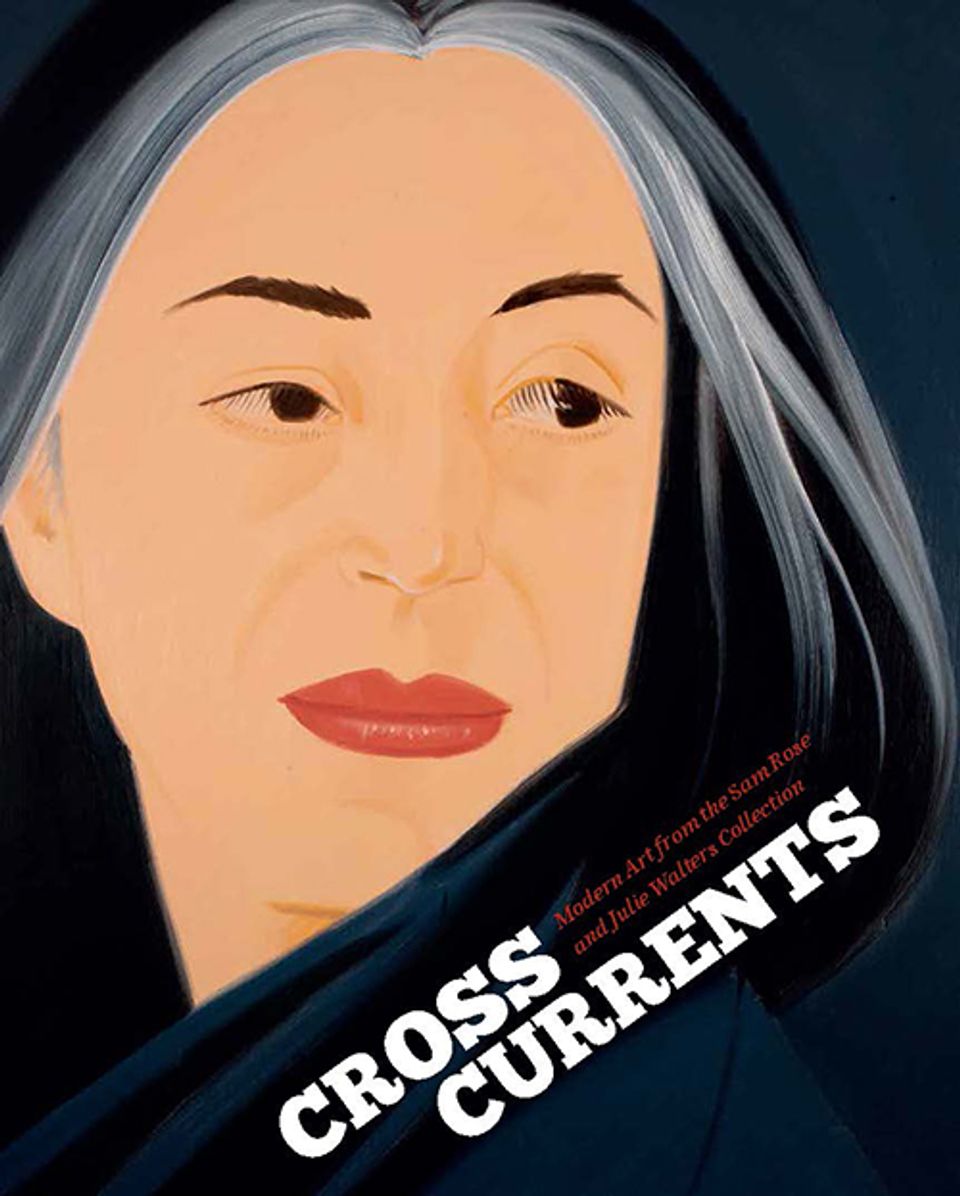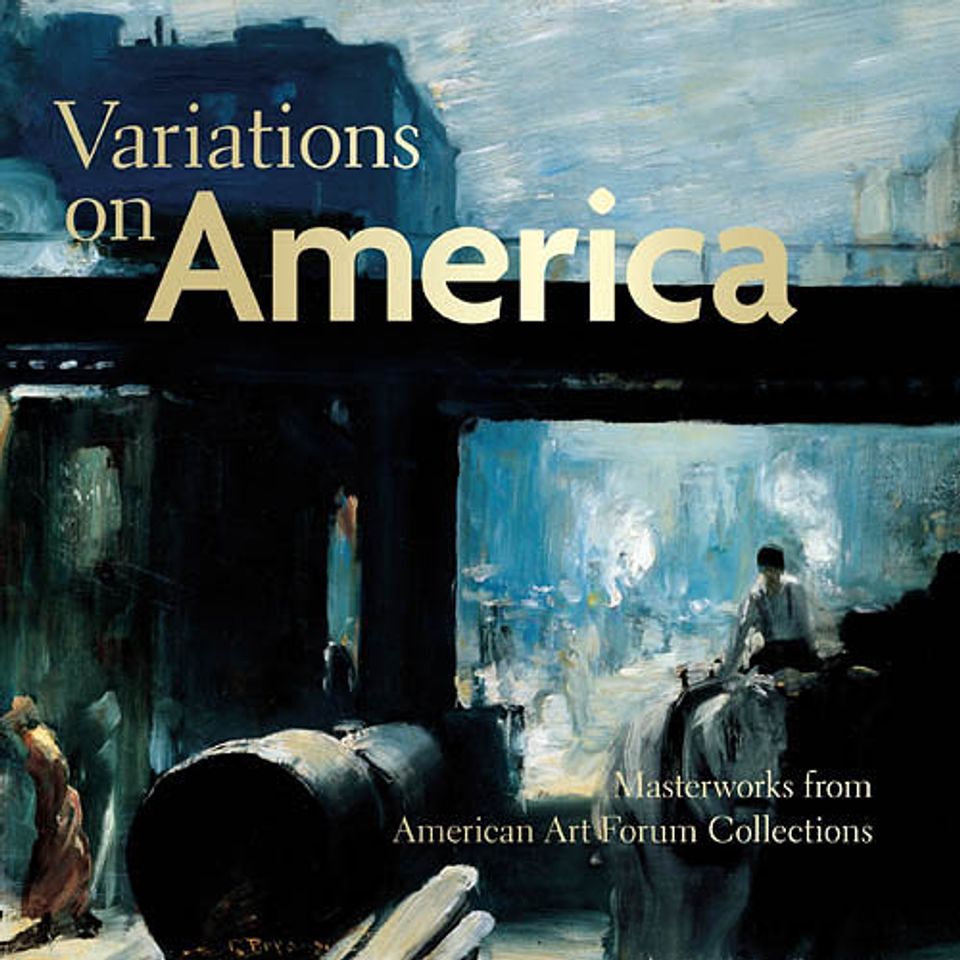Georgia O’Keeffe
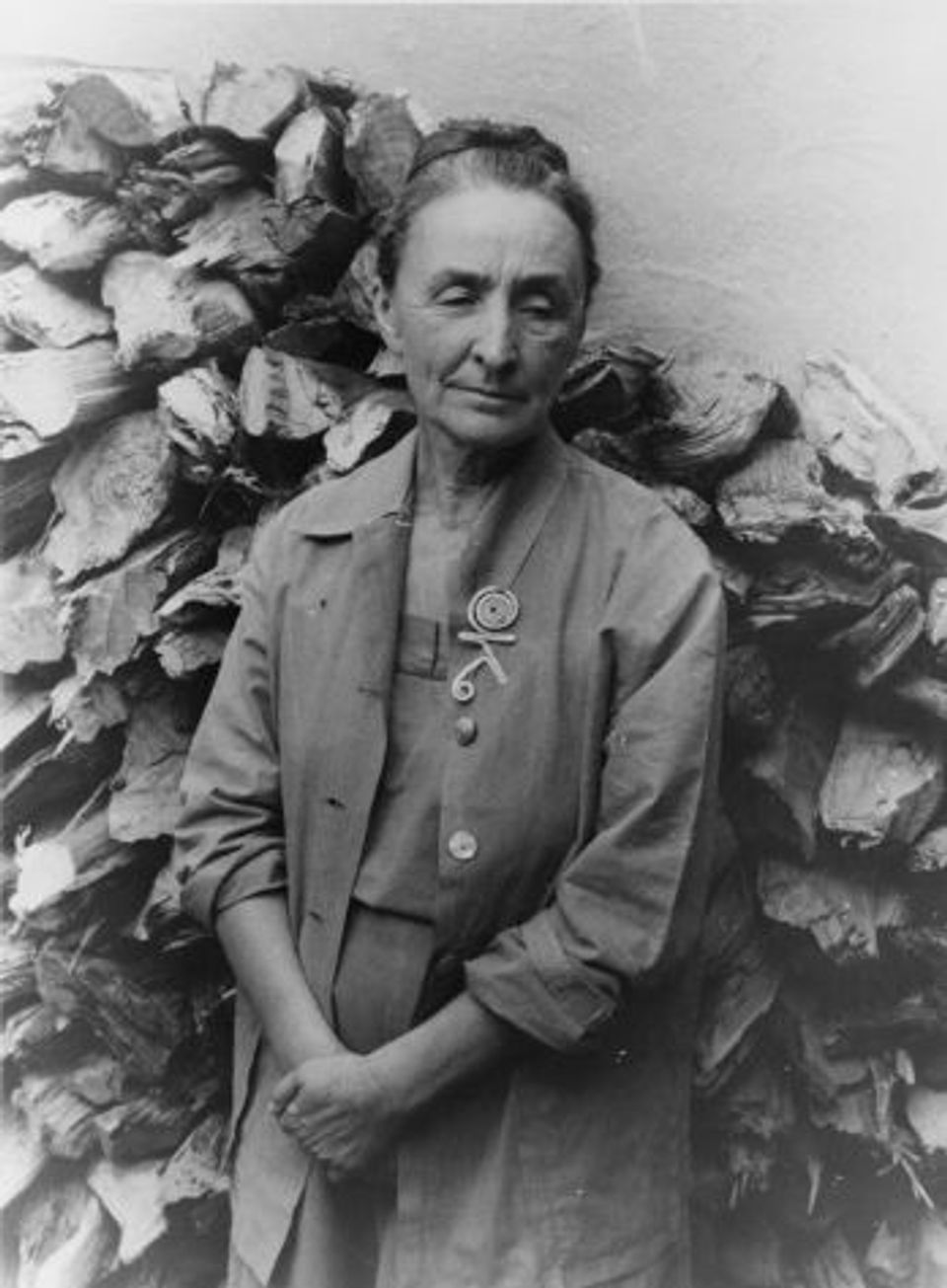
- Also known as
- Georgia Totto O'Keeffe
- Born
- Sun Prairie, Wisconsin, United States
- Died
- Santa Fe, New Mexico, United States
- Active in
- Abiquiu, New Mexico, United States
- New York, New York, United States
- Biography
"Color is one of the great things in the world that makes life worth living to me and as I have come to think of painting it is my effort to create an equivalent with paint color for the world –– life as I see it."
–– Georgia O’Keeffe, 1930
Georgia O'Keeffe was an artist who innovatively fused abstraction and representation in paintings, works on paper, and sculptures to express an emotional "equivalent" for the world around her.
Determined to become an artist from a young age, in 1905, O'Keeffe attended the School of the Art Institute of Chicago. She then enrolled in the Art Students League of New York in 1907, becoming acquainted with American and European modern art trends through visits to photographer and art dealer Alfred Stieglitz's gallery known as "291." Trained in realist painting, in 1908, O'Keeffe worked as a freelance commercial artist in Chicago, and in 1911, she started teaching art in Charlottesville, Virginia.
O'Keeffe's practice transformed in 1912 when she learned of Arthur Wesley Dow's artistic principles of abstract design and compositional harmony. Soon, she studied with Dow at the Teachers College, Columbia University in New York City (1914–15), creating rhythmic abstractions like Special No. 32 (1915, SAAM). Teaching stints in Texas and South Carolina gave O'Keeffe valuable distance from the New York City art world to develop her own visual language. She reflected, "After careful thinking I decided that I wasn't going to spend my life doing what had already been done." O'Keeffe created a series of abstract charcoal drawings that Stieglitz presented in her first exhibition in 1916, initiating a lifelong dedication to championing her work.
By 1918, O'Keeffe committed to her art full-time, living in Manhattan with Stieglitz, whom she married in 1924. In the 1920s, color became "a significant language to me," employed to evoke the flowers and vistas of Stieglitz's Lake George family property––paintings that would garner her widespread acclaim. During this period, her work was often discussed in gendered terms, a reading promoted by Stieglitz and pointedly resisted by O'Keeffe. In turn, she pursued greater precision in magnified flowers, like Yellow Calla (1926, SAAM), and modern cityscapes, like Manhattan (1932, SAAM)
Increasingly disaffected by New York, O'Keeffe first traveled to Taos, New Mexico, in 1929, becoming enthralled by the region's landscape and Native American and Hispanic art. Through simplified forms and depictions of collected objects like animal bones, she rendered her experience of the Southwestern terrain. O'Keeffe lived and worked in New Mexico during most summers, and in 1949, following Stieglitz's death, she permanently moved to Abiquiú.
In 1939, O'Keeffe traveled to Hawai'i to paint advertisements for Dole Pineapple Food Company, yet rather than depicting pineapples, she responded to the lush foliage in works like Hibiscus with Plumeria (1939, SAAM). Extensive national and international travels in the ensuing decades expanded her site-responsive practice, including aerial airplane views as in Only One (1959, SAAM). Back in New Mexico by the 1970s, O'Keeffe completed her last unassisted painting in 1972.
For over sixty years, O'Keeffe charted her way of conveying the essence of a place, joining artists of the period in the pursuit of a distinctly American modern art. "Where I was born and where and how I have lived is unimportant," she remarked, "It is what I have done with where I have been that should be of interest."
Authored by Gabriella Shypula, American Women's History Initiative Writer and Editor, 2024.

